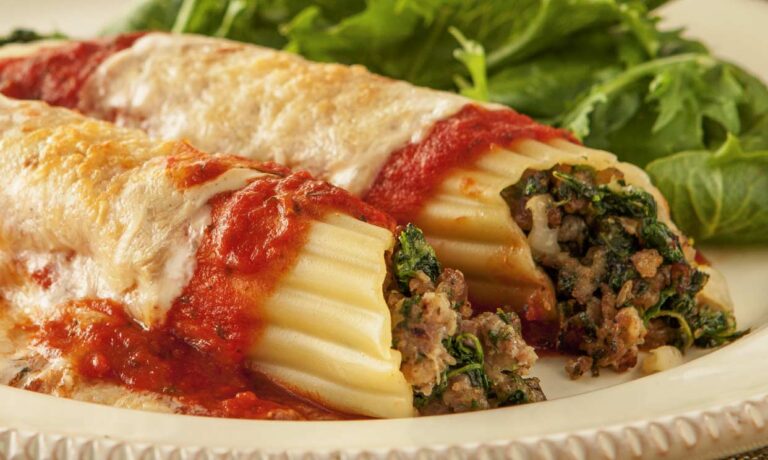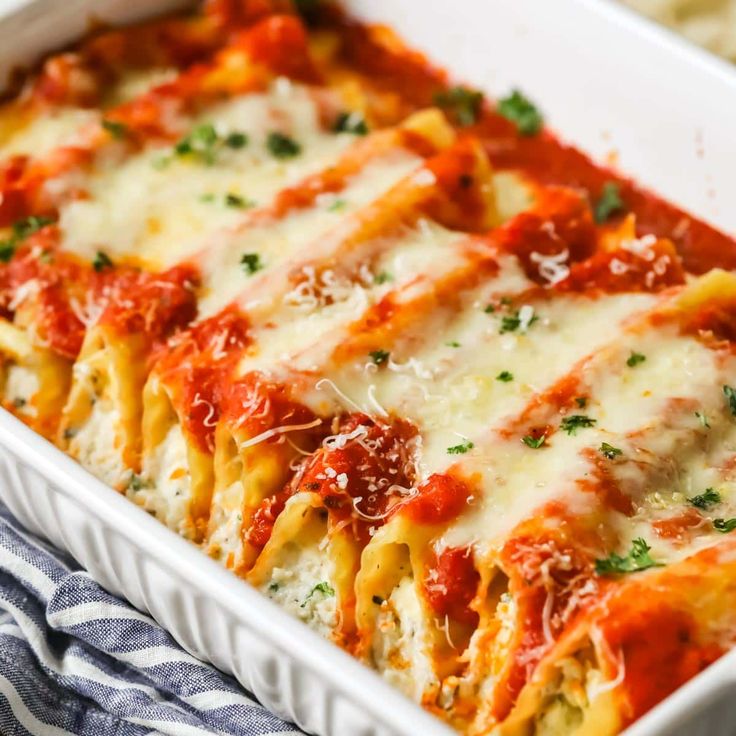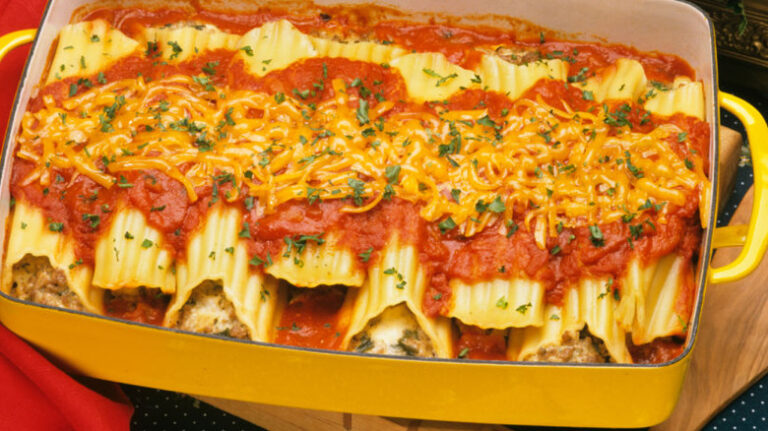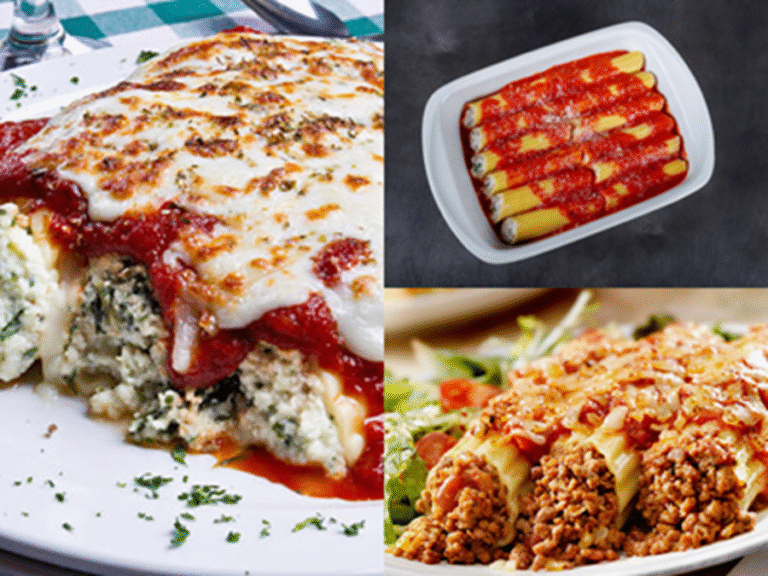Mannacote in Italian-American Cuisine: A Cultural Evolution
Introduction
When Italian immigrants moved to America in the late 19th and early 20th centuries, they brought their beloved dishes with them. Mannacote quickly adapted to new ingredients and tastes, evolving into a centerpiece of Italian-American cuisine. Richer, cheesier, and often larger in portion, it became a comfort food that blended old traditions with new culture.
Immigrant Roots
Bringing Traditions Across the Ocean
Families from southern Italy carried recipes for baked pasta dishes, including Mannacote. These meals kept cultural ties alive in immigrant communities.
Adapting to New Ingredients
In America, ingredients like mozzarella and beef were more available, so Mannacote became richer and heavier than in Italy.
Italian-American Mannacote Style
Heavier Cheese Use
Unlike the lighter Italian versions, American Mannacote is often loaded with ricotta, mozzarella, and Parmesan, creating a gooey and indulgent dish.
Larger Portions
Mannacote in the U.S. is usually baked in large trays, making it perfect for family gatherings and celebrations.
Role in Holidays and Celebrations
Christmas and Easter
Italian-American families often prepare Mannacote for festive meals, serving it alongside lasagna, meatballs, and other classics.
Symbol of Togetherness
It became a way to keep Italian traditions alive while embracing American hospitality and abundance.
Restaurant Influence
Italian-American Restaurants
Restaurants helped popularize Mannacote across the U.S., presenting it as a hearty, comforting dish.
Modern Interpretations
Today, chefs blend tradition with creativity, sometimes adding gourmet fillings or lighter sauces while keeping the classic heart.
Conclusion
Journey of Mannacote in Italian-American cuisine shows how food evolves with migration and adaptation. From immigrant kitchens to restaurant menus, it became richer, cheesier, and central to holiday traditions. Italian-American Mannacote is more than a meal—it’s a story of culture, family, and celebration.
FAQs
Q1: How is Italian-American Mannacote different from the Italian version?
It’s cheesier, heavier, and often baked in larger portions.
Q2: Why did Mannacote become so popular in the U.S.?
Immigrants adapted it to American ingredients and holiday traditions.
Q3: Is it always served at holidays?
It’s common at Christmas, Easter, and family gatherings.
Q4: Do restaurants in the U.S. serve traditional Mannacote?
Most serve the Italian-American version, though some offer authentic Italian styles.
Q5: What makes Italian-American Mannacote unique?
Its richness, large serving sizes, and role in festive meals set it apart.







